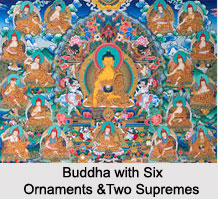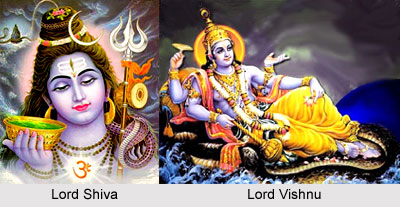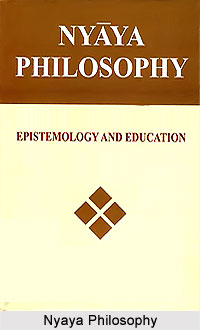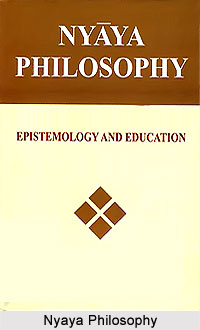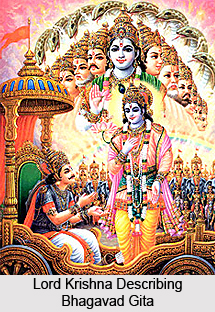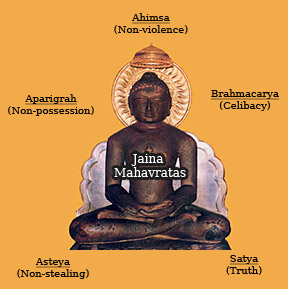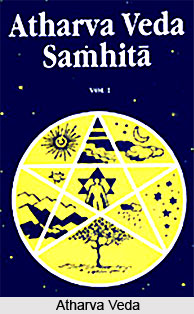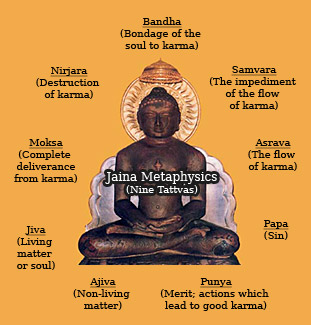Concept of Moksha and Nirvana in Jainism are synonymous with one another. It has been said that after being released from the cycles of death and birth a soul achieves its pure self and it becomes Sidhha. According to Jain Philosophy attaining Moksha or salvation is annihilation of Karma whether it is bad or good because even if little bit of Karma is left within the individuals it will bear fruit and hinder the achieving of salvation.
Jain Philosophy states that when Karma has been wiped out in the last Gunasthana, then the redeemed one climbs to the peak of the world. This happens on account of the straight movement which is peculiar to the soul from nature and which can only be now developed because the matter does not exist any more which checked and deviated side wards the natural upward movement of the soul by their gravity. Just like a gourd when cleaned by removing the dirt does not sink to the bottom but hastens to the surface of water, the redeemed also elevates himself in a Samaya up to the top of the universe. He remains here because it is not possible to reach beyond the world the non-world surrounding it, for the medium of movement, Dharma is absent in the non-world
The accomplished ones (Siddhas) stay in the topmost part of the holy region Isatpragbhara for all eternity untouched by the change of the world. It is neither light, nor heavy, itself without any visible from, incorporeal and therefore penetrable, but with a (immaterial) extension of 2/3 of the one which it had in its last existence. All the individual differences which the Karmas had attached to the soul do not exist any more; but on the other hand, the four "infinities": infinite knowledge, infinite seeing, infinite power and infinite joy.
Siddhas are similar to one another, except for the way in which they attain salvation; this way they are divided into 15 groups, but they exclude one another only partially.
Trithankara-siddhas are those who were Tirthankaras before salvation. Atirthankara siddhas are those who were not tirthankara. Thirtha-siddhas attained salvation at a time when Jaina-church existed. Atirtha-siddhas got salvation at a time when there was no Jaina-church
Anya-ling-siddhas attained salvation without belonging to the jaina- faith.
Sav-linga-siddhas got salvation as Jaina-ascetics.
Purusa-linga- siddhas were men before their transfiguration.
Stri-linga-siddhas were women before.
Napumasaka-siddhas belonged earlier to the third sex.
Buddha-bodhita-siddhas were led to salvation by conversion by their gurus.
Pratyeka-buddha-siddhas were liberated on account of a single experience which showed them that the world was ephemeral.
Swayam-siddhas found their way to salvation on their own.
Eka-siddhas get their salvation alone.
Aneka-siddhas do this together with numerous others.
It has been mentioned in Jain Philosophy that according to the belief of the Digambaras only men can get salvation; this is not possible to the other sexes. Both hold the view that only human beings can get salvation; gods and other beings which are capable of getting salvation according to other Indian systems, do not have it according to Jaina-teachings. They have to be born again as human beings when they become mature for this highest spiritual development to be able to accomplish complete absolution from all earthly passions.



